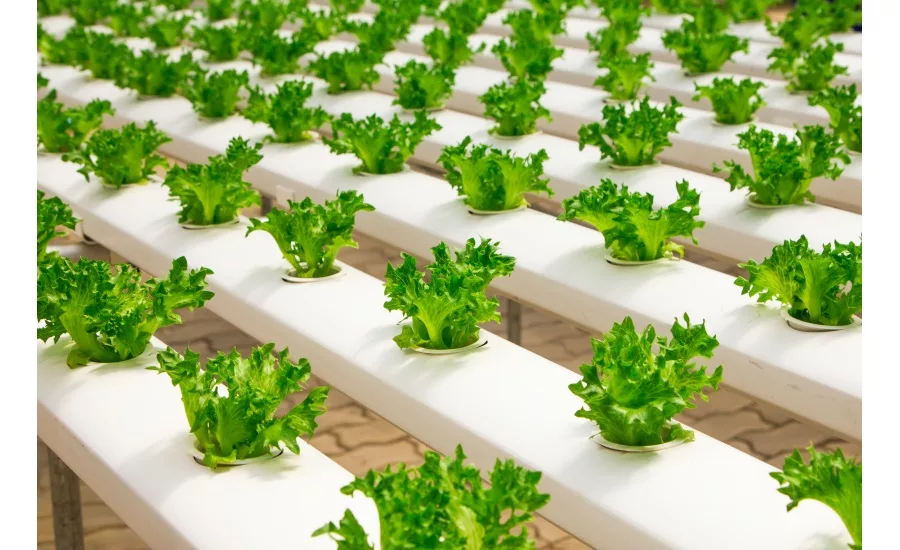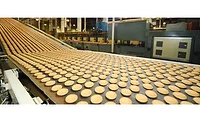How AR can revolutionize food safety during the COVID-19 pandemic
Bearing makers are innovating to address the unusual demands of food and beverage plants

Food Safety Strategies was recently able to talk to Thomas Burke, food traceability and safety scientist at IFT, Chicago, and Bryan Hitchcock, IFT's senior director of food chain and executive director of the Global Food Traceability Center, about AR and how it can help during the COVID-19 pandemic.
Liz Parker: What impact has COVID-19 had on food manufacturing?
Bryan Hitchcock: From what IFT has seen, food supply chains and manufacturing are facing unprecedented challenges navigating dynamic supply and demand for their products. Employee health is highly prioritized, and food manufacturing environments are working to meet social distancing guidelines within their facilities. Monitoring of employee health status has been a heavy focus, as well. Manufacturing systems are shifting production capabilities to deliver on the shift to predominantly “at-home” food consumption.
LP: Traditionally we’ve relied heavily on seeing things face-to-face to ensure food safety—how is that now changing?
BH: Food safety and human health are being balanced in this situation. The food industry has robust systems in place to deal with ill employees, the prevention of microbial contamination, and monitoring food safety systems. However, the system is built upon 3rd party inspectors (both private and government regulators) physically examining processes and conditions at the given facility. This crisis is causing the food industry to evaluate what digital tools can be used to complement the verification of physical inspections.
LP: How can AR alleviate the need for face-to-face interaction, as well as changing the ability to effectively monitor supplies and inventory?
Thomas Burke: Augmented/Mixed Reality are a set of digital tools to enhance digital-physical interaction. The technology is able to recognize and represent, in real-time, physical objects in a digital space with the user(s) being able to meaningfully interact with both. The technology is still in its early stages, but use of other digital tools during the pandemic have shown the value of remote participation. Augmented and mixed reality may serve as tools for bridging divides in space and expertise by providing and collecting visual information from a user’s point of view. For instance, a food safety manager may be able to remotely share the same visual field as an employee and collaborate on a process improvement. Timely, actionable response without travel is a significant advantage.
Looking for quick answers on food safety topics?
Try Ask FSM, our new smart AI search tool.
Ask FSM →
LP: What are some best practices for maintaining food safety standards virtually?
TB: Keeping to food safety plans and ill employee procedures continue to be paramount. At the moment, virtual food safety practices consist primarily of reducing human-to-human contact when possible. This means using video conferencing in lieu of travel and exploring additional sensors and monitoring systems to assist in maintaining the same standards.
LP: How can emerging tech such as AR or predictive analysis be used to revolutionize food safety practices?
TB: Food safety has been rooted in the physical examination of food production situations. As social distancing is anticipated to be a longer-standing practice, it is emphasizing these “nice-to-have” emerging technologies into “must-have.” Patterns of risk will be increasingly digitized and analyzed similar to other highly digitized settings, such as social media or e-commerce. This may spur novel data collection and monitoring systems with AR/MR and IoT devices or data verification and analysis using predictive analytical techniques. Creation and adoption of digital supply chain tools will accelerate.
LP: What does this mean for both the industry and consumers, moving forward?
BH: For the food industry, innovation will be key to remaining competitive in a uniquely challenging environment where overall demand is remains high, but consumer behaviors are changing. Adapting to a constantly evolving landscape will continue to strain the entire system. Industry will look at tools in automation and digitization to enable workers to continue to be successful in more isolated settings. Consumers should continue to expect a safe and secure food supply.









